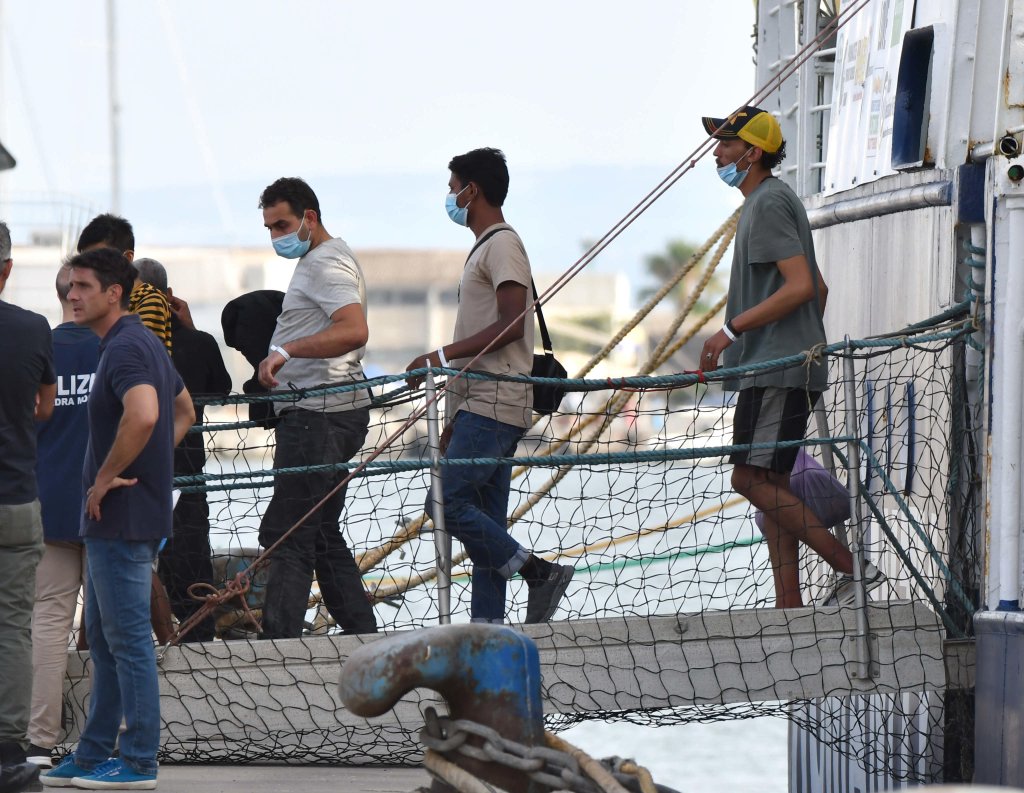Italy has witnessed a surge in migrant arrivals at the start of the year, with the UN Refugee Agency (UNHCR) reporting 3,479 people reaching its shores in January. This marks a 13% increase compared to December’s total of 3,080 and a significant 54% rise from January 2024, highlighting the growing number of people attempting the dangerous journey across the Mediterranean.
Libya remains the primary departure point for those seeking to enter Europe through Italy, accounting for 99% of arrivals. The remaining 1% came from Algeria. Lampedusa, a small island that has long been a frontline for migration, received the majority of these arrivals, with around 83% of migrants disembarking there. Others landed in various Italian ports, including Ancona, Taranto, Catania, Pozzallo, and Genoa.
The migrants arriving in Italy come from a wide range of nationalities. According to UNHCR data, 35% of them were from Bangladesh, 22% from Pakistan, 13% from Syria, 8% from Egypt, 5% from Ethiopia, and 4% from Eritrea. Smaller groups originated from Algeria, Morocco, Somalia, and Sudan, reflecting the ongoing migration pressures from different parts of Africa and Asia.
Tragic incidents continue to underscore the dangers of these crossings. In January, UNHCR recorded distressing testimonies from survivors of shipwrecks. One particularly harrowing case involved a boat that departed from Sabratha, Libya, with around 20 people on board, mostly Nigerian nationals. After nearly two days at sea, high waves caused the vessel to capsize. Among the casualties were at least two newborns, and one person remains missing. Such incidents serve as a grim reminder of the risks many migrants face in search of safety and better opportunities.
Since the start of the year until February 5, at least eight people have lost their lives while attempting the perilous journey across the central Mediterranean to Italy. The UNHCR, along with Italian and European authorities, continues to provide assistance during disembarkation procedures. Special attention is given to vulnerable individuals, including minors and shipwreck survivors, ensuring they receive the necessary care and support.
The rise in migrant arrivals highlights the ongoing humanitarian and political challenges in the Mediterranean region. With instability persisting in countries of origin and transit, migration flows are expected to remain high, putting further pressure on European nations to find sustainable solutions.

